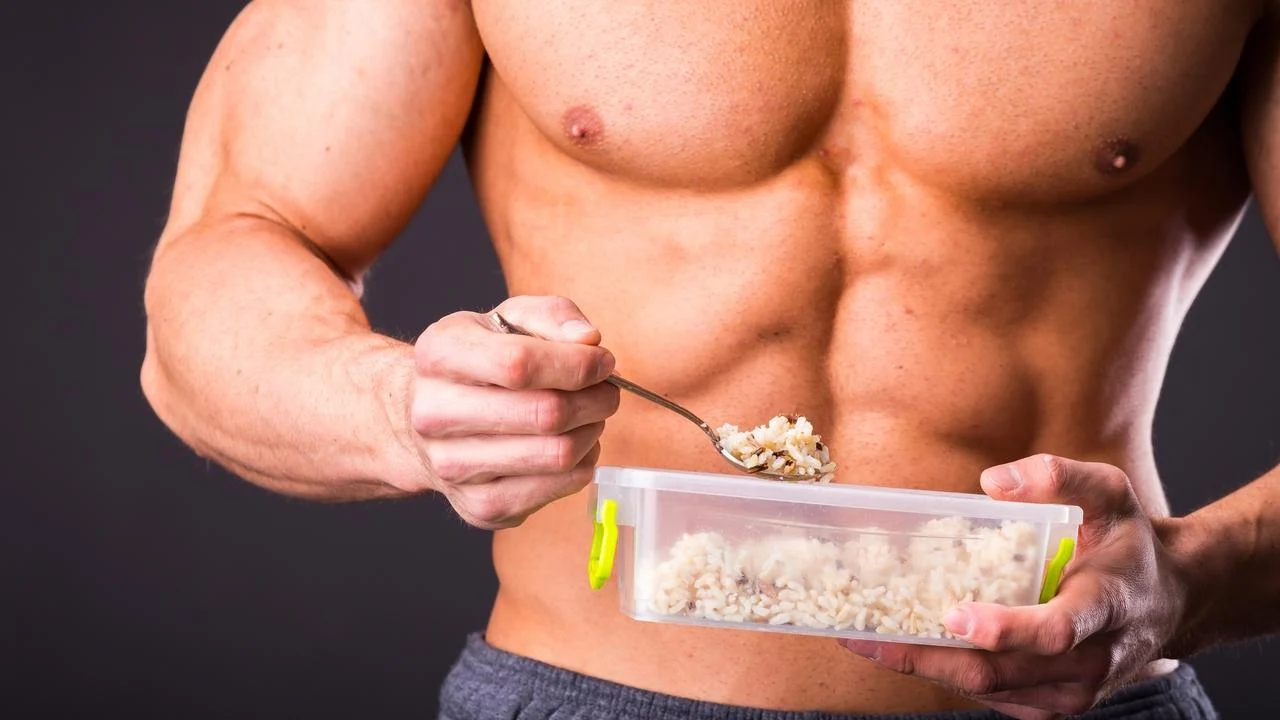Reverse Dieting
We have all gone through some dieting regime at least once. Dieting plays an essential part when we want to meet specific fitness goals. After a successful period, we finally end up with desirable results.
But what’s next?
Experts say you could gain even more weight if you walk the wrong path. So, what is the right path? The answer is reverse dieting.
You might or might not have heard of this term. But reverse dieting is vital to stay on track with your fitness journey. What’s the point of all the hard work shedding that extra weight if it’s coming back like it never went?
Today, we will explain what reverse dieting is and why it is essential for you. Let’s hop in.
Reverse Dieting: What It Means And How It Works
If you ask a random person this question, chances are they might say it’s “eating more” after a diet. But it actually refers to adding back essential calories after a successful diet.
During a diet program, you are restricted from consuming too many calories. You have to measure every food intake, so it doesn’t get overpowering. However, calories are essential for our metabolic processes.
This is when reverse dieting comes into play. It helps reintroduce calories into our system. And this does not happen all at once.
Just like your diet regime, it is a slow but sure process. Taking in too much all at once will only do more harm than good. But gradually increasing calorie-rich foods by following a step-by-step guide is the way to go.
Reverse dieting is popular among bodybuilders and fitness enthusiasts. It helps maintain a stable body ecosystem minus the rapid weight gain. Athletes would follow this method after entering competitions.
They follow a strict calorie-less diet to attain a lean and well-built physique. After the contest, they will return to eating more to add the missing calories.
If you want to follow a similar diet, be mindful of the amount. If you take too much than suggested, you could end up getting fatter than before.

How Does Reverse Dieting Work?
Every diet routine prevents you from consuming too many calories or non at all. Reverse dieting allows us to bring them back into your body. And it is done so that it prevents you from gaining more than you lost.
During this period, our body becomes adapted to our routine. And this, in turn, slows down our metabolism so that we save energy.
After we complete our diet and lose those extra pounds, we become more conscious. At the same time, we want a regular diet to keep our bodies looking the same. In such cases, a reverse diet works wonders.
A reverse diet works by increasing our energy and boosting our concentration. When we add back those calories, our metabolism returns to normal. Experts suggest consuming at least 50-100 calories weekly in slow increments for about 5-10 weeks.
How To Pull Off A Reverse Diet
As we mentioned, consuming too much at once is not a reverse diet. Many people often mistake it for bulking cycles. Bulking involves gaining heavy body mass to turn into muscles.
But reverse dieting involves gradually adding calories into your body. It is a careful process that needs patience and tolerance.
Many people fail to pull this off and end up with more weight than before. But you can avoid this by following the steps below.
Track Your Calorie Intake
Like your initial diet, you want to watch how much you eat. You can find calorie-tracking apps everywhere. Make use of one to track your calories.
Do not eyeball or rely on your memory. Remember that it is a careful process. You can refer to the calorie chart you used before and follow the same steps.
Determine Your Calories
This step involves adding a few extra calories to your previous intake. Do this in a few increments weekly. You do not want to go all in at once.
A 2-5 % increase works fine. You could also use a calorie calculator to track this.
Setting Up Your Macronutrients
Proteins are an essential part of your reverse diet. You need your macronutrients to maintain muscle. You could add about 2-2.5 grams for every kilogram of your body weight.
Low fats are another essential part of your reverse diet. Your calorie intake should include at least 25-30% of low fats.
And finally, we have carbs. We suggest adding at least 335 grams of healthy carbs to your reverse diet.
Monitor Yourself Daily
This is the most straightforward but essential step. During the whole process, you must keep an eye out for your weight.
Keep a weighing scale nearby and monitor your weight daily. This helps keep track of the whole process your body is undergoing during the reverse diet.

The Pros And Cons Of Reverse Dieting
Here are a few pros and cons of reverse dieting.
Pros:
- It helps us eat more healthy meals. People who avoid unhealthy foods tend to lose interest during their strict regime. As a result, they tend to favor healthier options.
- It tends to increase energy and prevent rapid weight gain.
- It stabilizes hunger hormones like leptin which prevents us from overeating.
- We become more conscious of our bodies. Thus, everything we eat and do is monitored carefully.
Cons:
- Reverse dieting can be challenging to execute for some. Even a tiny misstep can throw everything off balance. So, precise calculations are required.
- It focuses only on calories, but several factors are involved in weight gain or loss. Reverse dieting does little to take these factors into account.
- There is a lack of research on how reverse dieting benefits our health. Everything is based more on success stories and suggestions from advocates.
- It can also lead to depression, weight consciousness, moodiness, etc.
Following a strict diet routine is a complicated process. And it gets even tricky when we have to maintain that stable weight we have worked so hard to achieve.
If you follow a reverse diet carefully and gradually, the rewards are very beneficial. Remember that it takes time and patience. It can get even more challenging to follow than your initial weight loss diet.
While you are at it, remember that there is no scientific proof of all this. It is totally up to you whether you want to follow a reverse diet. If you do and the results are satisfactory, you can pat yourself on the back.



